How to Easily Repair Furniture to Paint

A lot of old furniture is damaged in some way, whether it's your own furniture or a piece that you have found for cheap. So let's go through how to repair those chewed up marks, holes, chipping veneer, hardware holes, large scratches, missing corners, or trim.
The process is the same no matter what you're trying to repair. But this method is only for painting, as it won't take stain, and it definitely won't blend in with the rest of the wood on your project.
But once you paint it, no one will see the difference.
If this looks similar to your furniture and you want to get it fixed before you paint your furniture, you're in the right place.
These dining chairs had some pretty good damage, but we wanted to paint them and we sure didn't want that big hole or scratches there.
So we mixed up a batch of Bondo (make sure you work fast once you start mixing because it dries fast, and it dries hard).
And then we put the Bondo over the hole and scratches.
Once the Bondo had about 5 minutes to sit, it was partially dry and wasn't sticky anymore.
That's when you know that it's time to work quickly again.
Make sure you have your utility knife right beside you and ready to go. Because before another 5 minutes is up, it's usually too hard to cut through.
So I grabbed my utility knife and cut through the Bondo so it was level with the wood. If you don't get to it before it has dried too hard to cut, you'll have to get out the sand paper and sand it down. Which takes a lot longer, and creates a lot of dust.
Once the Bondo was cut down, we waited for it to completely dry, and then grabbed some sandpaper to finish smoothing it down.
Now you're ready to paint!!
Get the full tutorial over on the blog with more information on the whole process and see how we finished these up.
P.S. This post contains affiliate links. You don't pay any extra to use them, but the company you buy from may pay me a small amount. I use these for your convenience.
Enjoyed the project?
Suggested materials:
- Bondo
- Utility Knife

Comments
Join the conversation
-
 Jewellmartin
on Nov 09, 2018
Jewellmartin
on Nov 09, 2018
I’ve used Bondo and wood filler. I like wood filler better for small holes like a nail hole, but Bondo for anything larger. I start smoothing off the extra Bondo a minute after I apply. I’m not good with chisels and fancy sanding like chair rungs, but a damp paper towel is perfect for me. ☺️
-
-



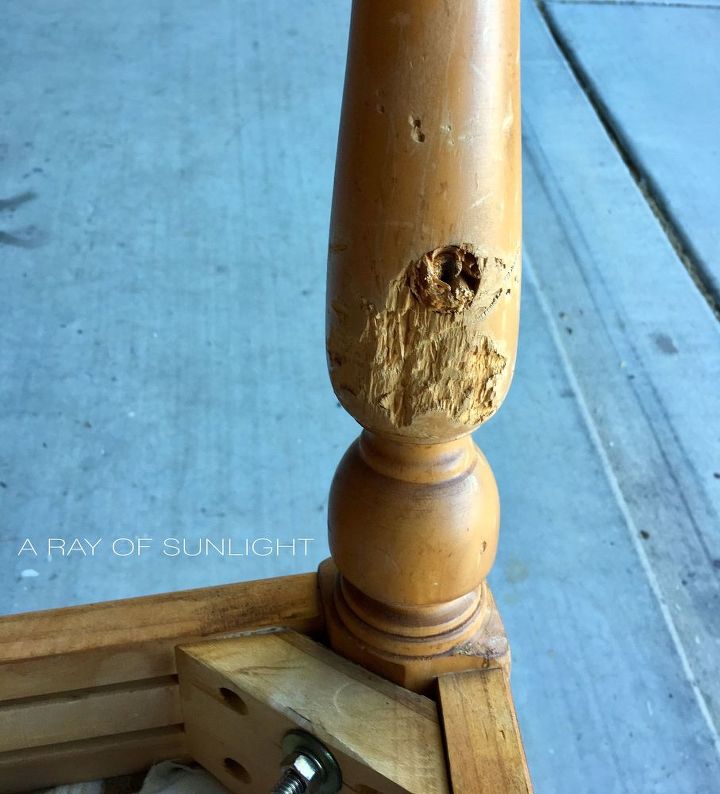



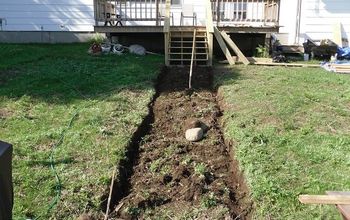
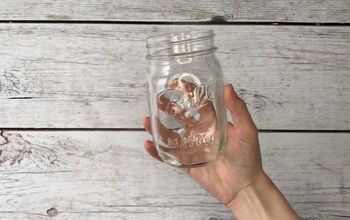



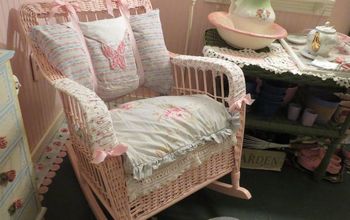

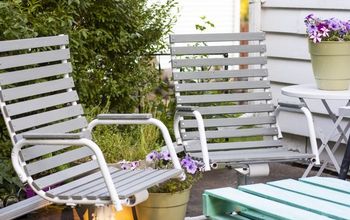
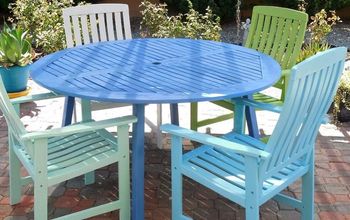
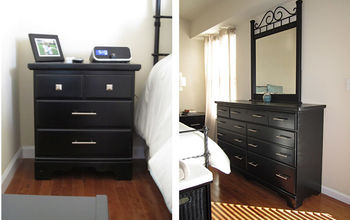
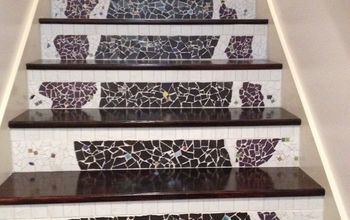


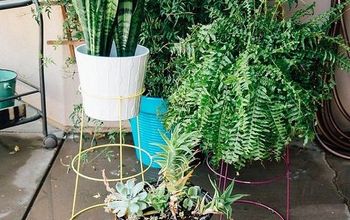







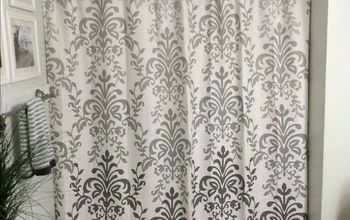

Frequently asked questions
Have a question about this project?
I noticed that the completed picture is of a different leg, is that done on purpose?
What's wrong with wood filler??
CAN I RE DRILL A HOLE IN THIS Bondo?